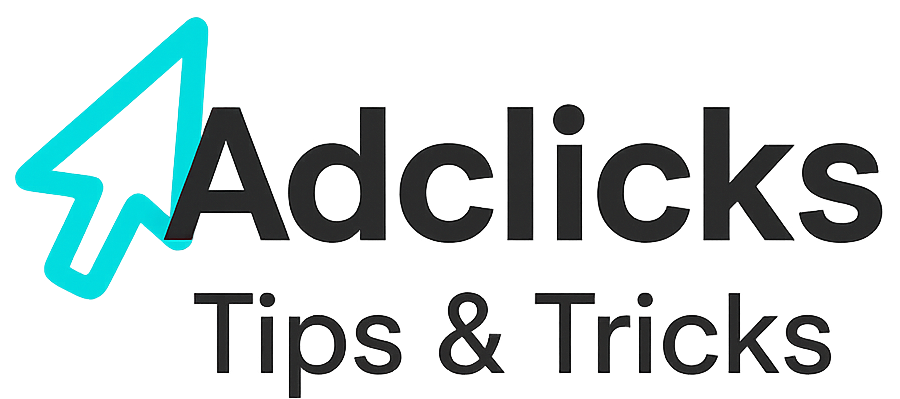Dreamwidth is a social journaling platform built as a fork of LiveJournal. Users maintain “journals,” post entries, and join “communities” (group journals) to discuss topics of interest.
Unlike ad-driven social networks, Dreamwidth has historically avoided advertisements. The platform supports paid accounts that unlock additional features but keeps the site free of ad banners.
Because Dreamwidth is more niche and less monetized internally, its users tend to be more thoughtful, committed to writing, and engaged with text-based content. Its culture prizes authenticity, community, and creative expression, rather than trending content or virality.
Audience & Usage Data
Dreamwidth currently has over 4 million registered accounts. Of those, about 610,389 accounts have ever posted entries, and roughly 15,237 accounts have posted in the last 30 days. That low ratio of active posters to total users suggests many accounts are dormant or used as reading-only.
On any given day, the active user count is far smaller. Because Dreamwidth does not serve advertisements, much of its value comes from committed users who choose to pay for extra features or support.
Regarding audience interests: Dreamwidth hosts strong communities around fanfiction, creative writing, roleplaying, personal essays, fandoms, art, literature, and niche culture. The migration of censored Tumblr users to Dreamwidth after Tumblr restricted NSFW content underlies a culture of free expression and tolerance for more mature content.
Because Dreamwidth is less mainstream, many users are privacy-minded, artistically inclined, and willing to engage with longform text rather than bite-size content. That makes it a potentially valuable upstream for publishers who have content aligned with writing, fandom, culture, or niche interest.
Platform Culture & Norms
Dreamwidth’s culture is shaped by its origins in LiveJournal and its appeal to communities often underserved by commercial social platforms. Many users appreciate that the platform is not driven by growth or advertising.
The network leans toward text, introspection, narrative, personal posts, fandom, roleplay, and creative expression. It is not primarily image-first or video-first. Because of that, content that relies heavily on visuals or product images may find less traction than essays, stories, reviews, or thought pieces.
Communities (Dreamwidth “Communities”) are group journals where multiple users can post. Community creation has controls (posting rules, moderation) and a user can only create a limited number per time period to prevent spam. Entry security settings allow users to restrict view access to posts (public, members-only, etc.).
Given that environment, users expect transparency, credit, and authenticity. Aggressive self-promotion, clickbait, or pushy monetization is ill-received. That means you must integrate monetization (e.g. Adclicks links or banners) on your own site, not on Dreamwidth itself.
Publisher Fit: What Type of Sites Can Win
Dreamwidth is best suited for publishers whose content is compatible with longform writing, fandom, creative expression, and niche culture. Examples include:
- Fandom sites / fanfiction / fan commentary
- Book or film review blogs
- Personal essay or storytelling sites
- Roleplay or interactive narrative websites
- Cultural / niche journalism
- Writing prompts, collaborative fiction platforms
Sites that rely purely on product catalogues, mass consumer goods, or visuals may struggle to find resonance here unless they root their content in story or critique.
When users come from Dreamwidth to your site, the landing page must resemble the tone of the journal entry — narrative, personal, context-rich — and not feel like an ad landing page. Embedding Adclicks banners or affiliate links inside that narrative, in line with content, is how you monetize without breaking the user trust.
Moving Users from Dreamwidth to Your Site
1. Write teaser journal entries
Post journal entries or community posts that touch on the topic of your full article. Use a compelling excerpt, leave an open question, and link to “read more” on your main site.
2. Engage in communities first
Participate meaningfully in communities before promoting content. Leave thoughtful comments, share insights, build relationships. Only after you’ve established presence should you share links.
3. Use “Read More” style links
Make your link a natural continuation: “Here’s my full thoughts…” or “If you want the full version…” That framing helps readers see the link as extension, not clickbait.
4. Collaborate with existing users
If someone in Dreamwidth has influence (writers, roleplay masters, recognized community voices), collaborate or guest post so they can link to your content. Their endorsement gives legitimacy.
5. Create specialized communities
If your content niche lacks a community, start one. Allow contributions, host discussions, seed your content organically. Over time members will follow your links.
Whenever you drive traffic, ensure your landing page is prepared to match the tone and expectations. Then, monetize indirectly with Adclicks placements in that page.
Landing Page Strategy for Dreamwidth Traffic
When a Dreamwidth user clicks through, the first few seconds matter. The page should feel familiar — like a continuation of their journal reading experience. Here are key elements:
- Matching headline or excerpt: Use the same language or quote from the journal post.
- Narrative layout: Divide the content into digestible paragraphs, include subheadings, optional quotes, and allow space for reflection.
- Embedded monetization: Place Adclicks banners or affiliate links inside the content flow (after a section break, or as “related link” at end).
- Responsive and light design: Many users access via mobile, and slow load kills trust.
- Option to return: Provide a link back to the Dreamwidth content or the journal post so the user feels anchored.
If your landing page feels like an extension of Dreamwidth’s writing style rather than a sudden commercial zone, users will be more comfortable and more likely to convert.
Challenges & Barriers
- Low active user base: Only ~15,000 accounts post in a month from over 4 million registered. This means traffic will be niche and slow to ramp.
- Monetization dissonance: Dreamwidth itself avoids ads; overt link posting may be frowned upon. You must monetize outside the platform.
- Spam and moderation issues: Because accounts are free and open, spam is a concern. Dreamwidth’s staff and community moderation efforts are limited.
- User fragmentation: Many users enjoy privacy, custom post visibility, or restrict who sees what. That limits reach.
- Content style mismatch: If your site’s style differs greatly (heavy visuals, product pitches, shallow content), Dreamwidth users may bounce.
To overcome these, focus on small-scale, high-value content, respect community norms, and rely on content as the bridge — not promotion.
Action Plan: 7 Steps to Use Dreamwidth for Traffic & Revenue
- Define a writing niche aligned with creative communities (fanfiction, essays, culture).
- Create an active Dreamwidth journal or community and begin posting original content aligned with that niche.
- Engage first, link later: comment, respond, build trust before posting external links.
- Publish teaser journal entries with excerpts and a “read more” link to your site.
- Design landing pages that mirror the journal style and embed Adclicks placements seamlessly.
- Collaborate with community figures in Dreamwidth to share or link your content.
- Track and optimize: measure which entries, links, and landing styles yield the best traffic and adjust accordingly.
Relevant Links
- Support: https://support.snipesearch.co.uk/
- FAQ: https://adclick.snipesearch.co.uk/index.php?page=index/faq
- Contact Form: https://adclick.snipesearch.co.uk/index.php?page=user/support
Stay Connected
- Snipesocial: https://www.snipesocial.co.uk/pages/snipesearch
- Twitter: https://twitter.com/snipesearch_uk
- Facebook: https://facebook.com/snipesearch
- LinkedIn: https://linkedin.com/company/snipesearch/
- VK: https://vk.com/snipesearch_uk
- Focus: https://focus.xyz/snipesearch
- YouTube: https://youtube.com/@snipesearch
- diaspora: https://diaspora.snipesearch.net/people/7431fcf0806c013e936e00163c6e7bdf
Analytic Tools
- Rommie Visitor Analytics: https://rommie.net/
- StatCounter: https://statcounter.com/




